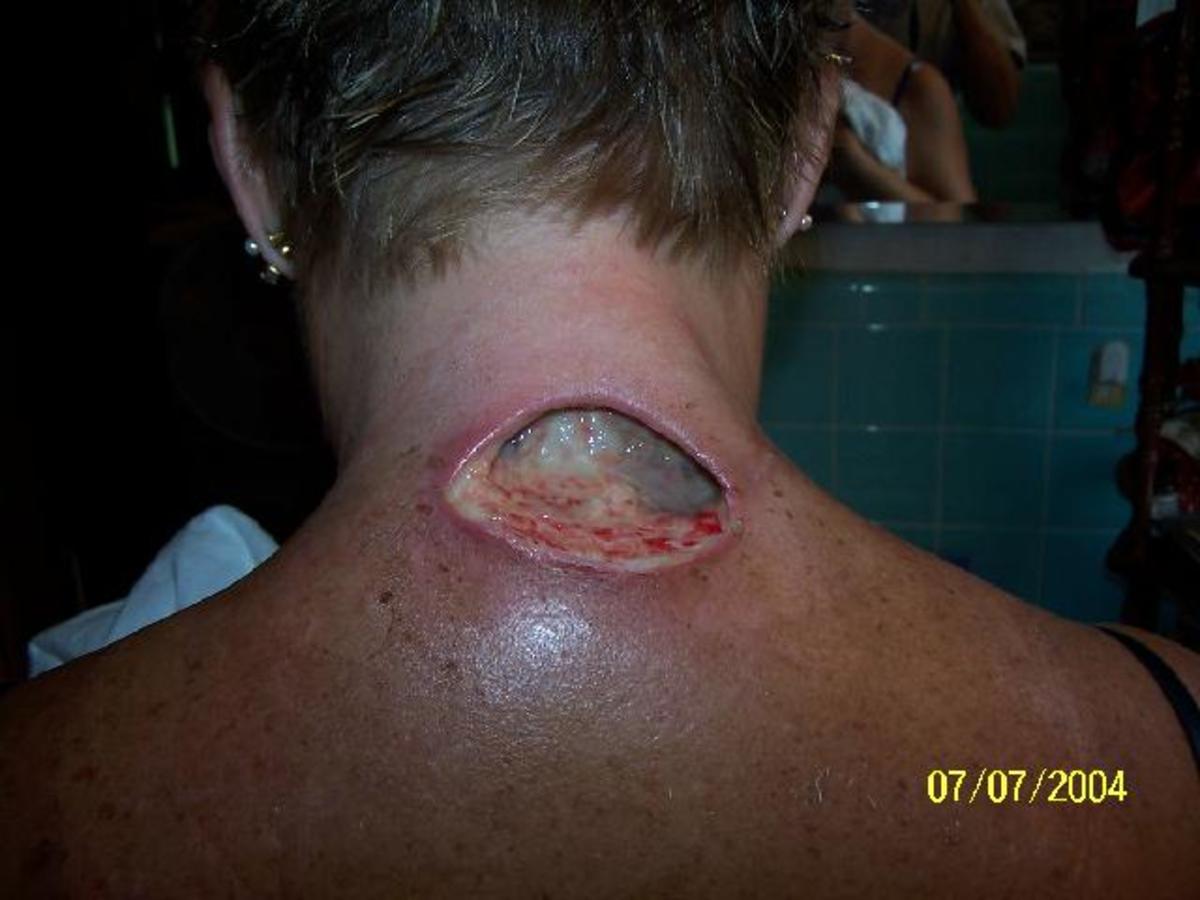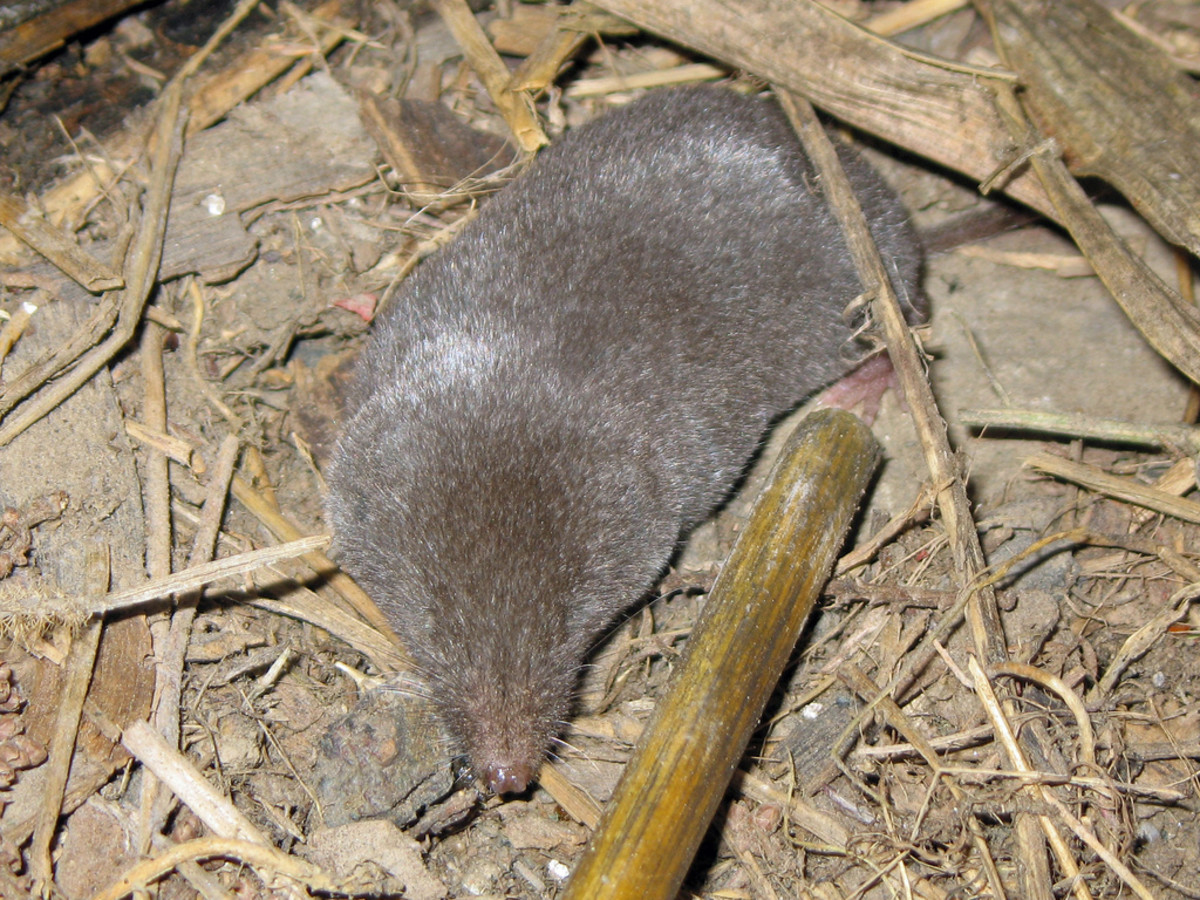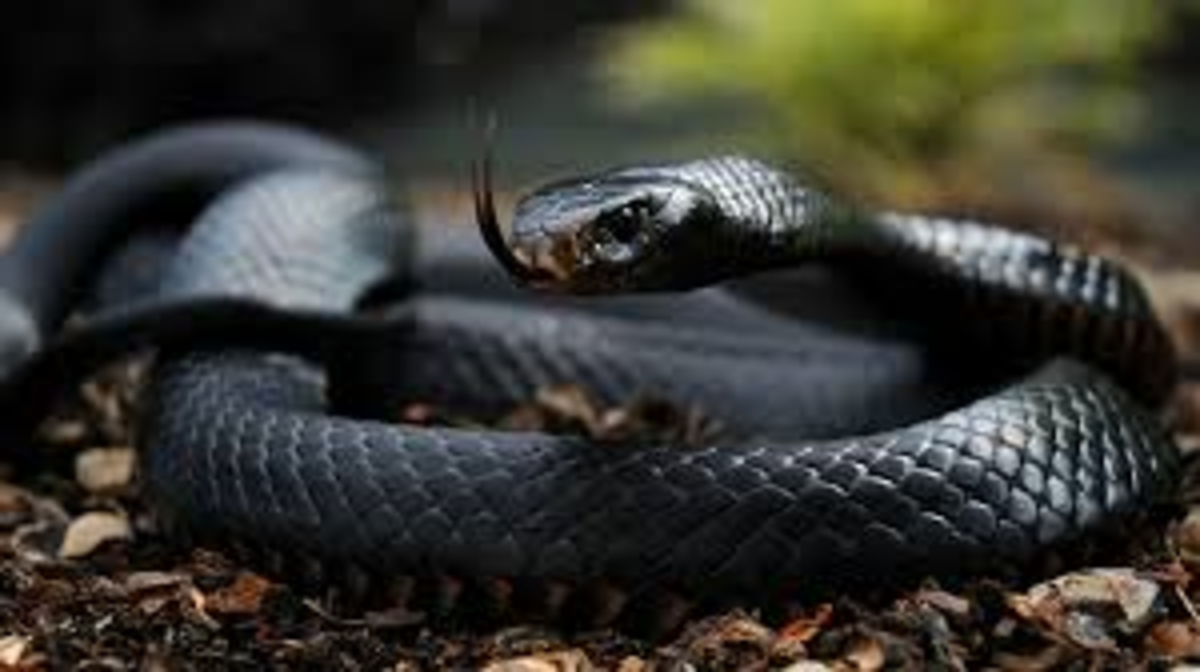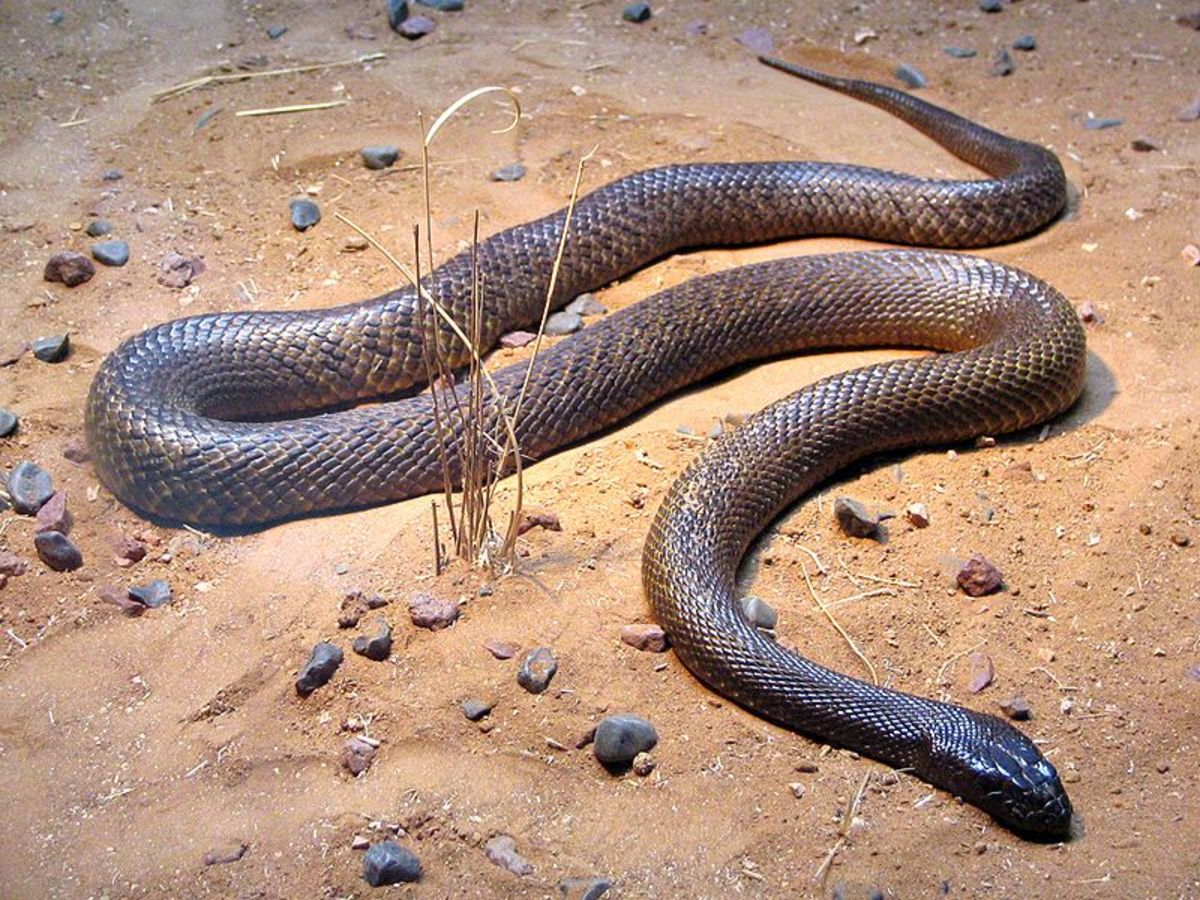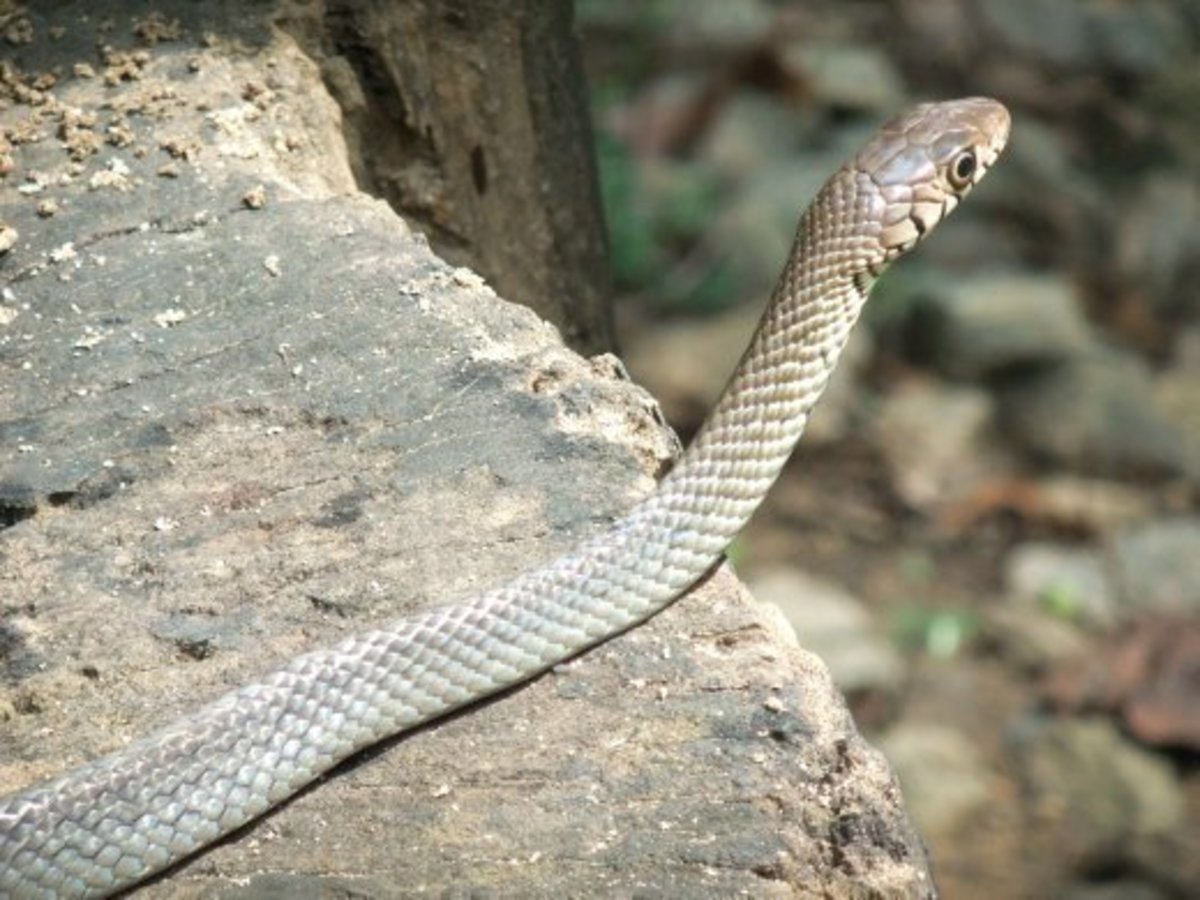Venomous or Poisonous Mammal? The Hispaniolan Solenodon Has Venom
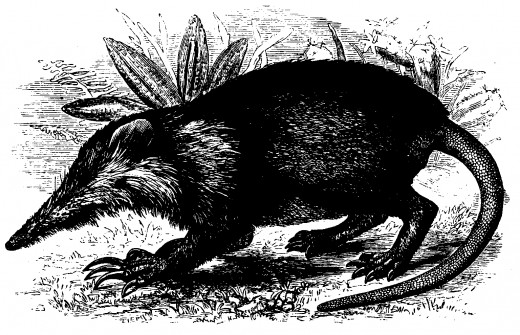
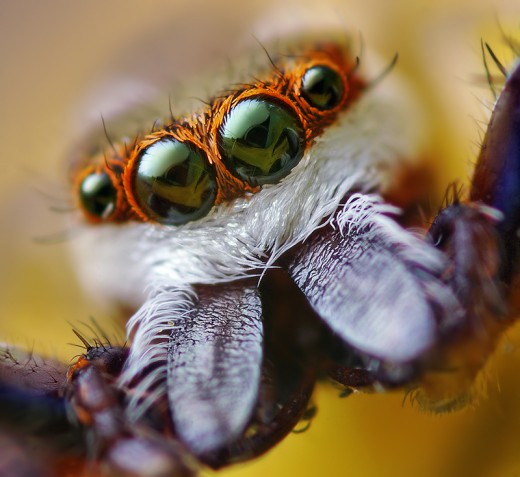
When I think of venomous, the first creature that comes to mind is the snake . . . then spiders, centipedes, and scorpions. But until recently, I hadn’t thought of a mammal as being venomous. But I have discovered that there are venomous mammals, several in fact.
First of all, what does venomous mean? Merriam Webster defines it as, “full of venom: as poisonous; or having a venom-producing gland and able to inflict a poisoned wound <venomous snakes>.”
Venom is usually delivered through fangs, such as those that are possessed by a snake or spider. Bees and wasps deliver their venom through a stinger. How would a mammal deliver venom? That will depend on the mammal. Let’s take a look.
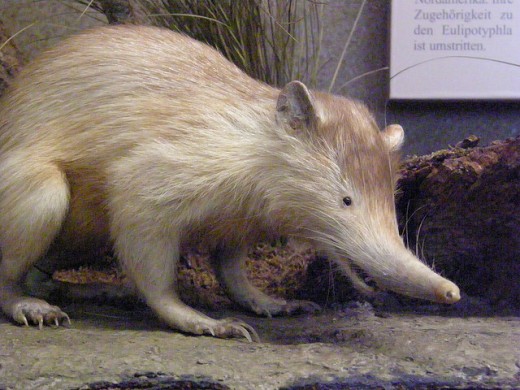
Books about Endangered Animals:
Hispaniolan Solenodon
The Hispaniolan Solenodon (Solenodon paradoxus), also known as the Haitian Solenodon or Agouta, can only be found in Haiti and the Dominican Republic, and on an island shared by Haiti and the Dominican Republic, Hispaniola. They were unknown to the science community until 1833.
The solenodon’s habitat is generally dense, humid forests and brushy areas, as well as around plantations. They are nocturnal and have highly developed senses of touch, smell, and hearing. They are also fairly rare. They spend their days in burrows, hollow logs or trees, caves, or cracks in rocks, venturing out only at night.
The solenodon looks like an oversized shrew that is black to reddish-brown. It has no hair on its tail, legs, snout and ear tips. It typically weighs between 8 and 14 ounces (0.6 and 1.0 kg) but has been known to reach 2.2 pounds in weight. It is 11-13” (28-33 cm) long with a tail that is an additional 10” (25 cm) long. Its head is disproportionately large to its body, and it has an elongated snout.
It has a groove in its incisors through which venom travels from a gland in its jaw. It is this feature from which it obtained its name. Solenodon is derived from a Greek word meaning “grooved tooth”. Unlike many animals that are venomous, the solenodon is not immune to its own venom and is able to kill others of its species with a very minor wound.
While there are other poisonous/venomous mammals, the solenodon is the only living mammal that is able to inject venom similar to the way that snakes do, through their teeth. Other poisonous mammals deliver their venom more passively.
Solenodon females can have two litters a year with 1-3 young per litter. Because the female only has two teats, unusually located near its buttocks, only two young generally survive. The young may remain with their parents while subsequent litters are born and raised, and as many as 8 may share the same burrow/tunnel system.
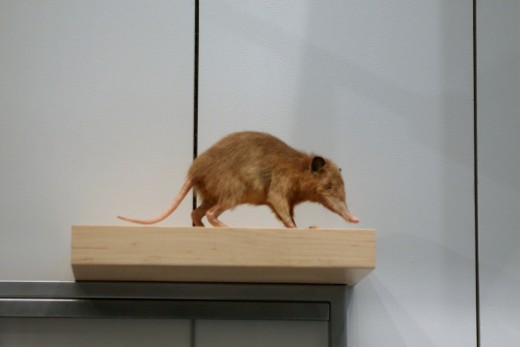
When excited, the solenodon has been heard making noises that sound like a grunting pig, or at other times, bird-like cries. However, when it is pursued it will remain motionless and hide its head, making it very easy to capture. (Sounds like the proverbial ostrich.)
The solenodon gathers food by digging extensive tunnel systems, then foraging for its food from the surrounding soil. It eats millipedes, beetles, earthworms, snails, centipedes, spiders, scorpions, and small reptiles (lizards).
It has no known natural enemies; however, dogs, cats, and the small Asian mongoose have been introduced to the island and have had a major impact on the solenodon population. It is considered to be critically endangered. Having had no natural enemies, it did not adapt to defend itself or evade predators. It is slow and clumsy, running on its toes with a stiff, clumsy waddle. When it does try to increase its speed, it tends to trip over its own feet and tumble head over heels. It is claimed by the locals that the solenodon will never run in a straight line, but follows an erratic zigzag path.
Cuban Solenodon
The Cuban Solenodon, also known as the Alminqui, is also venomous. Since it was discovered in 1861, only 37 have ever been captured. The Cuban Solenodon is even more rare than the Hispaniolan Solenodon. This solenodon measures 16-22 inches (40-55 cm) long from nose to tail, and weighs approximately 24 ounces (710 g). It looks like a large brown to black rat with a long snout and a long, hairless, scaly tail! The Cuban Solenodon only has one litter per year with 1-3 young per litter. It has also suffered greatly because of the introduced species (dogs, cats, and mongoose) and is almost extinct.
Additional Images
It was difficult to find pictures of living actual solenodons that were not copyrighted. To view actual images of the solenodon, click on the links listed below, then click the back arrow to return here to look at the next image.
Solenodon image 1, click here.
Cuban solenodon, click here.
Hispaniolan solendon, click here.
For a really great picture, click here.
They are not alone . . .

Your Future is Waiting! Do you feel you have great information or stories to share with others? Sign Up Here. . . It’s quick, easy and free to join HubPages!



